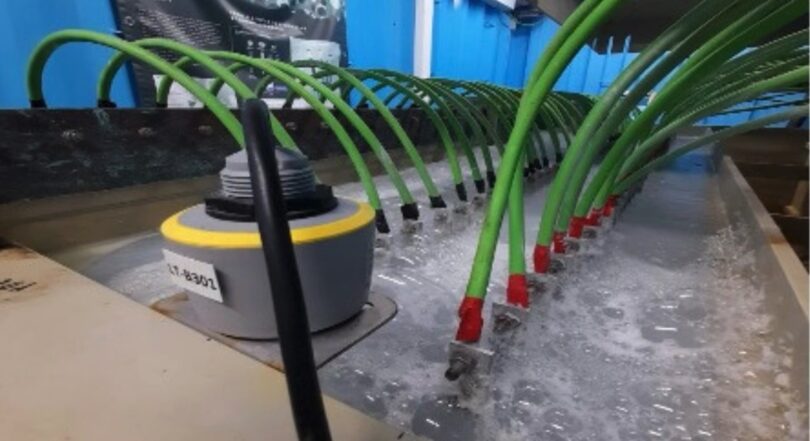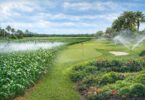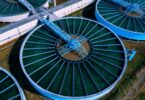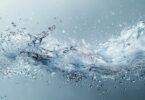LIFE Waste2Coag is an EU-funded project under the LIFE programme (GA no. ENV/ES/000430) that aims to demonstrate an innovative and cost-effective technology based on the electrolysis of brines to produce coagulants for the removal of pollutants in urban and industrial wastewaters, including emerging pollutants and pathogens.
This project was launched in October 2021 and is led by a consortium of five European expert organisations, all dedicated to ensuring the project meets its objectives that involve using waste materials, like brines, to produce coagulants through the process of electrolysis. Achieving this objective will demonstrate the viability of producing a sustainable and cost-effective coagulant as an alternative to the current commercial coagulants used in wastewater treatment.
To achieve the project objectives the technology involved in the LIFE Waste2Coag project, the Electrolytic (ELS) system must be tested on different types of brines at different wastewater treatment sites. The ELS is a versatile technology in which inorganic coagulants can be produced from the treatment of brines and the use of metal scraps to manufacture the electrodes needed for the operation of the ELS.
Within the project we have three demonstration sites, two urban wastewater treatment sites, one in Gandia (Spain) operated by our project coordinator Global Omnium (GOMSL), and another in Wulpen (Belgium) operated by Aquafin NV (AQUAFIN). The third demonstration site is an industrial wastewater treatment plant at the site of our project partner Creaciones Joviar (JOVIAR) and is also located in Spain.
Project Success
Recently the ELS was installed at the urban wastewater treatment plant in Spain. The technology was used to produce coagulants with four different types of brines, measuring specifically the energy consumption and the metal concentration of the produced coagulants. The aim was to produce coagulants with the lowest possible energy cost whilst trying to ensure a high metal concentration was present.
We are proud to say that, compared to previous pilot-scale projects, higher metal concentrations and lower energy consumptions were achieved at this first testing stage in the Gandia wastewater treatment plant. Due to the success of the first testing phase the ELS has since been installed at, project partner, JOVIAR’s industrial wastewater treatment plant, where it is currently treating the brines produced by the water demineralisation process.
Project Webinar
Recently, project partner Isle Utilities (ISLE), hosted the 2nd LIFE Waste2Coag webinar titled “Production of scrap metals and their valorisation into coagulants for wastewater treatment”. The webinar featured presentations from both internal and external speakers relating to the project. For instance, external industry expert Jose Luis Caravaca Garcia from Jose Jareno S.A gave a great presentation about ferrous scrap recycling in Spain.
Additionally, the webinar featured two presentations from internal project partners, Laura Grima Carmena from Aidimme Technology Institute (AIDIMME) and Feliu Sempere Nacher from GOMSL. These presentations provided our audience with an exclusive insight into the project’s ELS technology and the progress we have made so far.
If you missed the webinar, catch the full episode on our YouTube channel below:
To find out more about everything in the LIFE Waste2Coag, visit our website, and follow us on LinkedIn and X.
Related Wastewater Treatment articles:
LIFE Waste2Coag is revolutionising the wastewater treatment process







